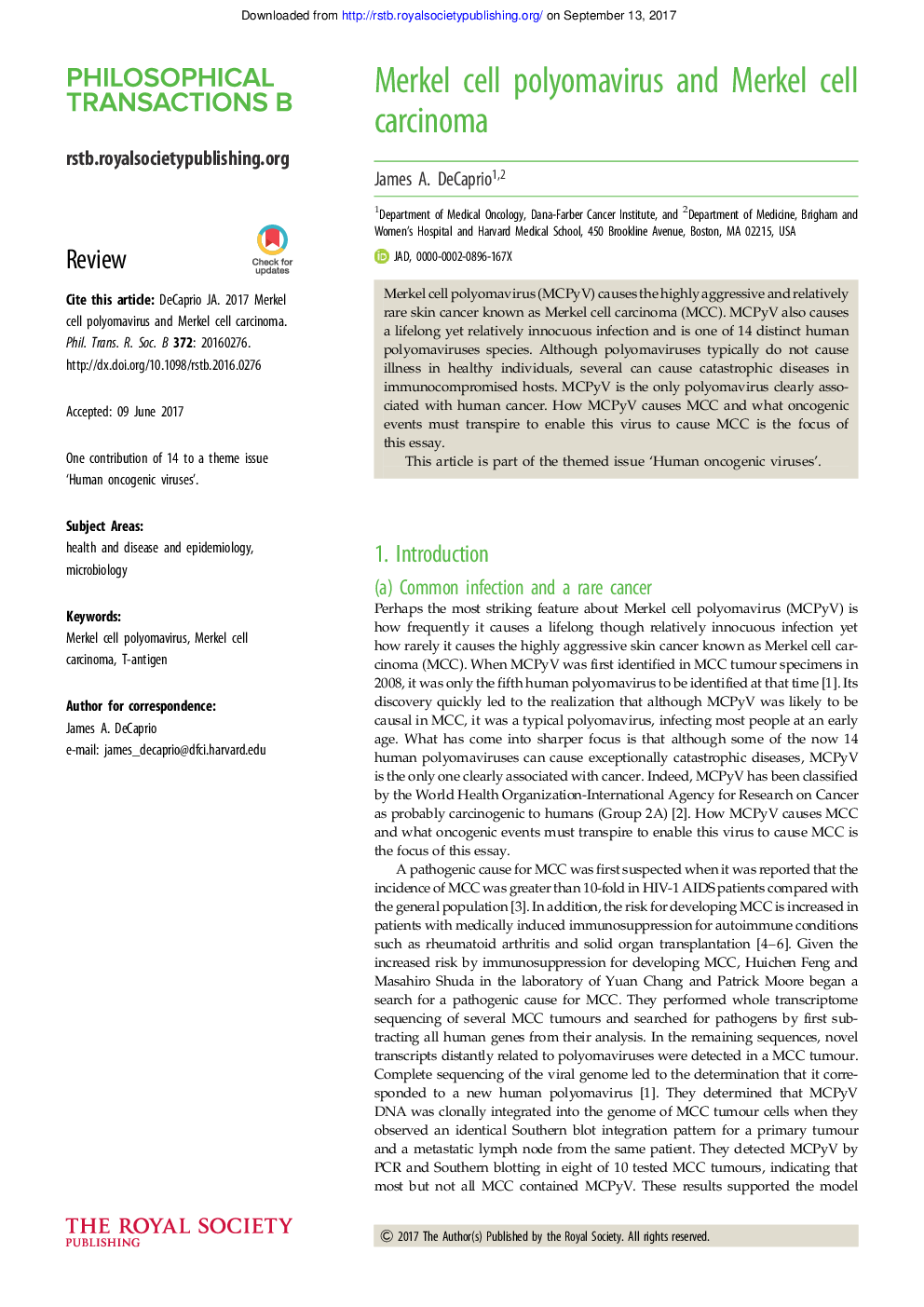| Article ID | Journal | Published Year | Pages | File Type |
|---|---|---|---|---|
| 5441114 | Journal of Non-Crystalline Solids | 2017 | 10 Pages |
Abstract
A liquid is said to become glass when cooled to a temperature T infinitesimally below the temperature Tl â g. According to the glass-formation criteria, either, (I) Ïs = CI/qc at Tl â g, or, (II) (dÏs/dT) â
CII/qc, or, (III) (Ïs/T)Â â
 CIII/qc, where Ïs is taken as equal to Ïα, the relaxation time of the α-process, qc is the cooling rate, and CI = 16.67 K, CII â
 1, and CIII â
 1. Criterion I is generally used in glass phenomenology, criterion II was related to the effective enthalpy of activation in the Tl â g range and recommended over criterion I, and criterion III was used for discussing the pressure dependence of Tl â g. We investigate their merits by comparing formally the criteria-based Ïs at Tl â g in an ideal case against Ïα at T = Tl â g, and discuss the effects of using the glass-liquid transition temperature, Tg â l, the fictive temperature, Tf, and the midpoint temperature of the Cp-T plots as alternatives to Tl â g. The three criteria yield basically different results. Moreover, Tl â g differs from the kinetic freezing temperature of the α-relaxation process, and CI varies with both qc and the material. We suggest that contributions from several properties of ultraviscous liquids affect the shape of the Cp-T scans from which Tl â g is determined. The findings have consequences for interpretations in which Ïs is used as Ïα.
Related Topics
Physical Sciences and Engineering
Materials Science
Ceramics and Composites
Authors
G.P. Johari,
